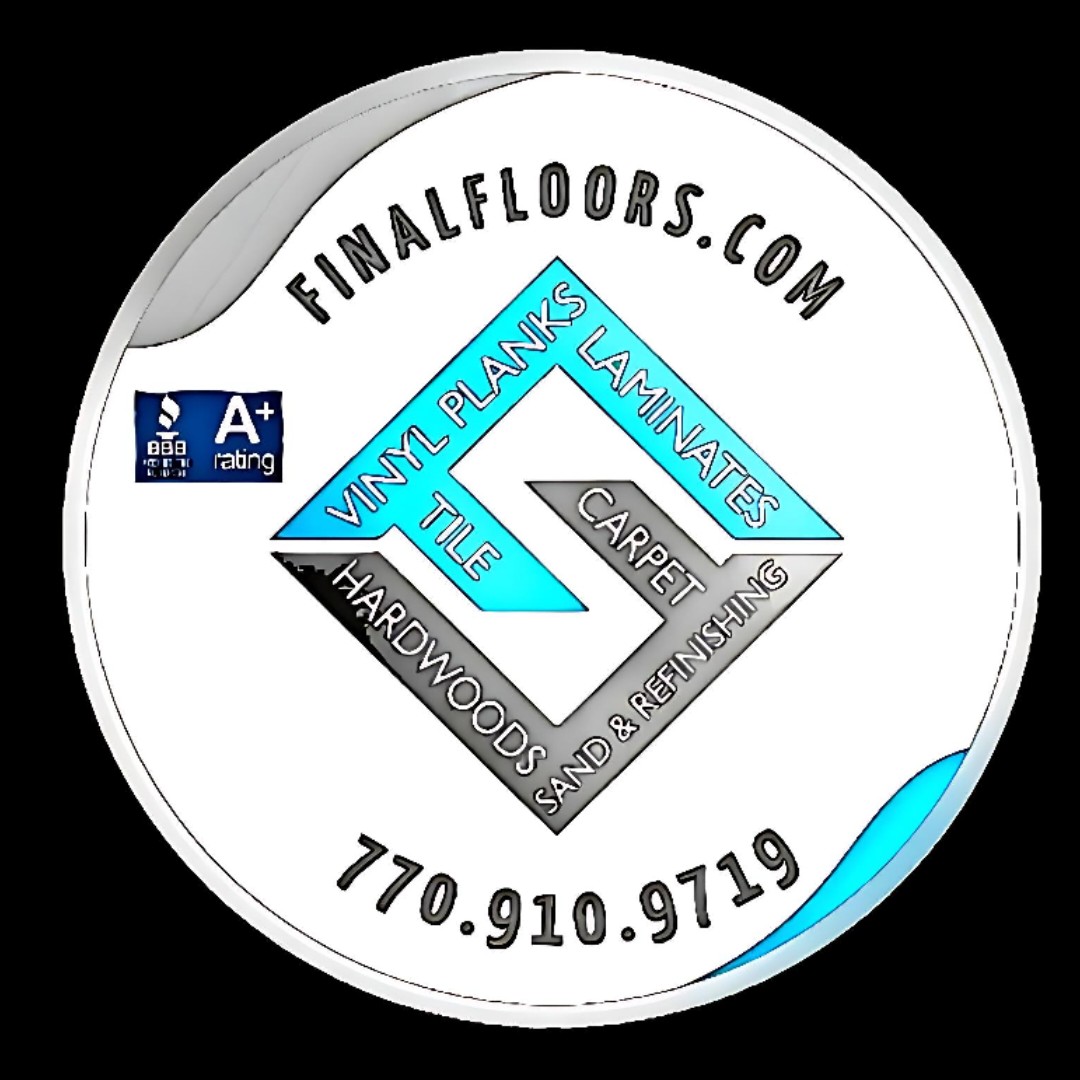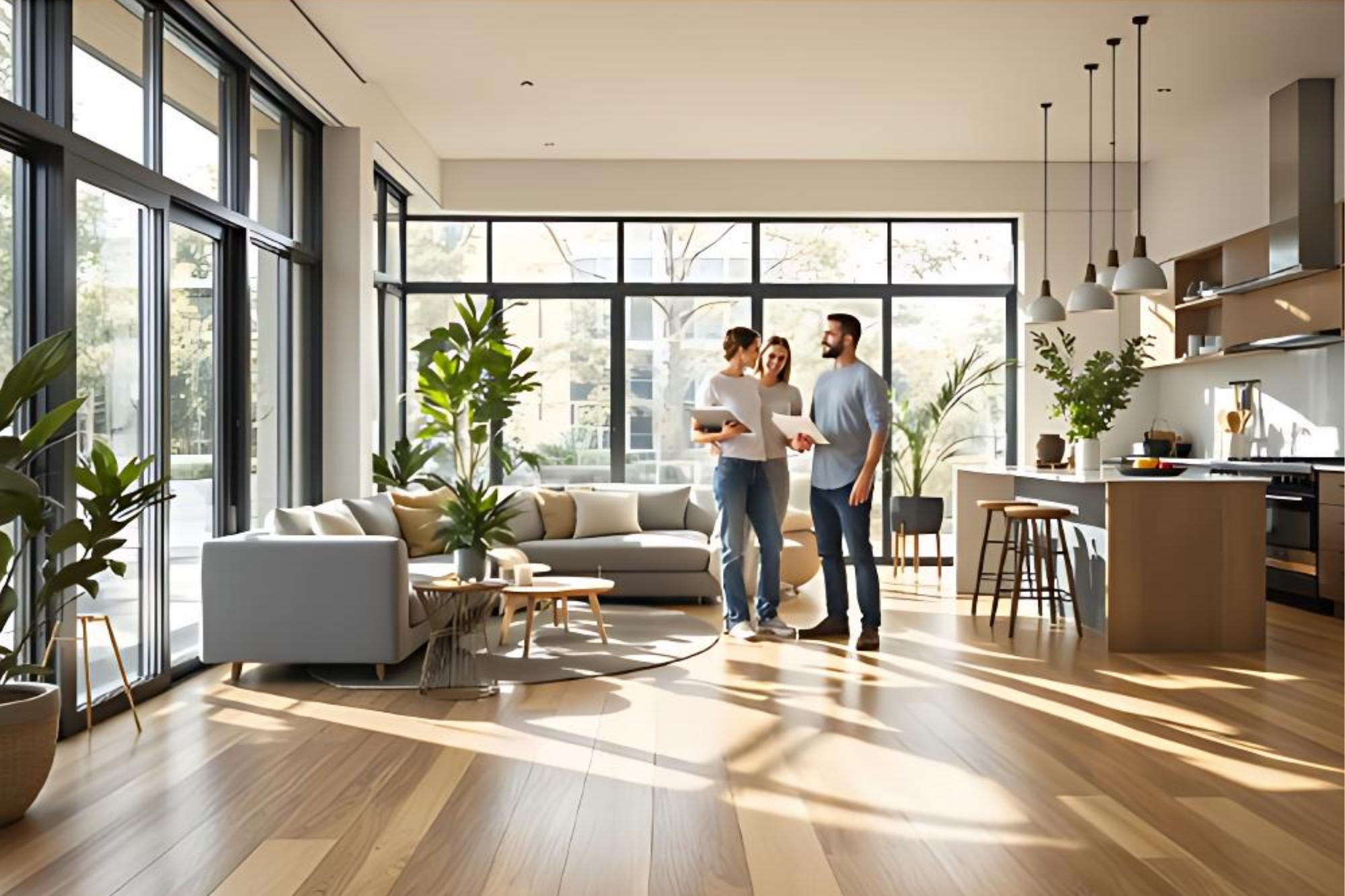Summary
Discover Fall 2025’s top flooring trends shaping Metro Atlanta homes and businesses. From luxury vinyl plank to hardwood refinishing, Final Floors delivers expert insight, design inspiration, and installation tips. Call 770-910-9719 or visit FinalFloors.com to schedule your free flooring estimate today!

Fall 2025 Flooring Trends | Final Floors ATL
A Comprehensive Guide to What’s In and What’s Out in Metro Atlanta
Discover the latest flooring designs shaping Metro Atlanta homes — from warm hardwood hues and luxury vinyl plank innovations to sustainable materials redefining modern living.
🏆 Trusted by Metro Atlanta Homeowners
Flooring isn’t just what you walk on — it’s the foundation of every room. As we approach 2025, Final Floors ATL unveils the emerging
Atlanta flooring trends
that balance beauty, durability, and eco-conscious design. From Roswell to Alpharetta to Marietta, homeowners are embracing warmer palettes and low-sheen finishes that enhance comfort and natural light.
This guide highlights what’s in (and what’s out), helping you choose floors that add value and timeless style to your space. Whether you’re a homeowner, designer, or realtor partnering with our team, these insights will keep your projects ahead of the curve.

Modern living room with warm-tone hardwood and LVP samples – Atlanta, GA
✨ Why Flooring Trends Matter in 2025
Keeping pace with flooring trends is about more than style — it’s about smart investments. Updated floors increase value and comfort, while outdated surfaces make spaces feel cold and dated.
Final Floors ATL helps Metro Atlanta clients choose materials that balance trend and timelessness — ensuring longevity and low maintenance without sacrificing beauty. From eco-friendly LVP to refinishing heritage oak, every project reflects precision and personal taste.
📅 Book Your Free Estimate Today
Serving Roswell, Alpharetta, Sandy Springs, and beyond with licensed in-house crews only. Use coupon code FLOORSATL300 to save $300 – $500 on new installations.
Call 770-910-9719 |
Email FinalFloors@gmail.com
💎 The Luxury Vinyl Plank (LVP) Revolution
In 2025, Luxury Vinyl Plank continues its reign as Metro Atlanta’s most popular flooring solution. Its scratch resistance, waterproof core, and authentic texture make it a favorite among homeowners from Roswell to Johns Creek.
Explore options from hardwood alternatives to eco-friendly vinyl designs that blend performance and beauty.
Trusted brands: Shaw, Mohawk, COREtec, Bruce, Mannington — engineered for waterproof performance and longevity under Georgia’s humidity.
🔥 Warm Colors Take Center Stage
The gray era is over — rich honey oaks, chestnut browns, and earthy beiges dominate Atlanta homes this season. Designers across Alpharetta and Buckhead pair warm planks with soft neutrals for a look that feels fresh yet timeless.
Pro Tip: Mid-tone “greige” floors hide Georgia clay and dust while brightening open spaces — a perfect fit for holiday hosting.
🌿 Sustainable & Natural Materials
Homeowners want healthier homes and eco-smart materials. Final Floors ATL incorporates
low-VOC adhesives and recycled cores for a cleaner install experience.
Bamboo, cork, reclaimed wood, and linoleum are on the rise — offering beauty and longevity with less impact on the planet.
Learn more at our Google Reviews page or on the BBB profile.
📸 Trending 2025 Finishes & Installs









🎁 Save Up to $500 This Season
Use coupon FLOORSATL300 for $300–$500 off new installs. Earn 10 % back with our Referral Rewards Program.
📞 Call Now |
🌐 Explore Linktree
🪵 The Return of Hardwood Refinishing
Instead of replacing floors, Atlanta homeowners are restoring them with modern stains and matte finishes. Final Floors ATL offers
dustless sanding and eco-friendly coatings like Bona and DuraSeal for a flawless look. Call
770-910-9719 for your free quote today.
🏢 Flooring for Businesses & Investors
Final Floors handles commercial installations with licensed in-house crews (no subs).
We serve property managers, builders, and real estate pros throughout Metro Atlanta.
Explore our commercial projects.
🎨 2025 Design Forecast for Atlanta Homes
Expect wide-plank floors, natural matte finishes, and neutral palettes.
Final Floors partners with top brands like Shaw and COREtec to deliver next-season looks before they hit retail.
View our gallery showcase.





You must be logged in to post a comment.